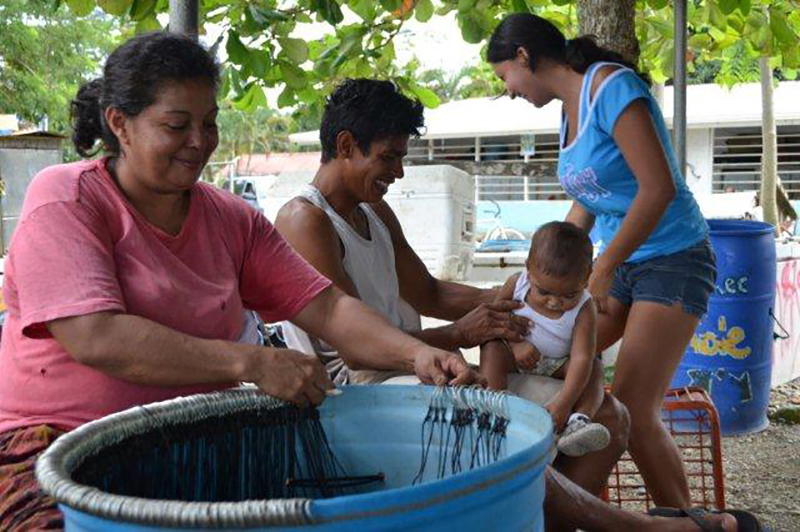Farmer groups develop business and advanced marketing plans to guide their continued activities and farm and business growth. When we initially select farmers, we ensure they are a part of a farmers group, which enhances their power as sellers, as they can sell in bulk and work as a group to market crops.. In Kaffrine, Senegal and Singida, Tanzania, some of our farmers grow higher-value crops like Hibiscus, Cashew, and Sunflower:We build capacity of farmers to approach buyers in regional capitals export quality crops . In Kenya, we work with a dairy cooperative to offset their cattle feed costs, and give them the opportunity to sell extra tree fodder they product to other cooperative members. Ownership of the project is fully transferred to the farmer groups. After graduation, farmer groups continue to support each other as a team in the on-going development and management of Forest Gardens and marketing of products.
After the 4-year project, farmers are expected to continue their Forest Gardens, given the significant successes they have seen and training they have received. In the future, TREES is hoping to follow-up with farmers after the program, however we do not yet have the capacity to continue monitoring farmers outside of the 4-year program.
